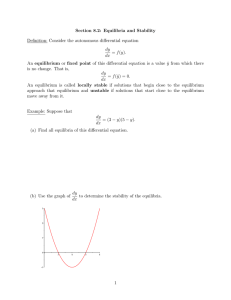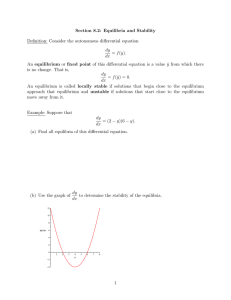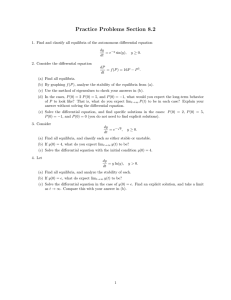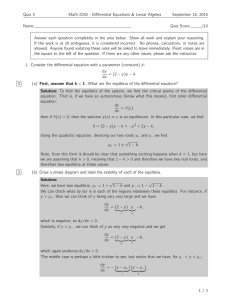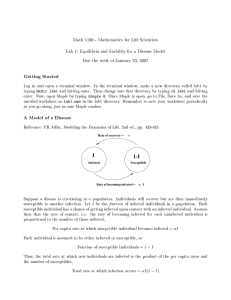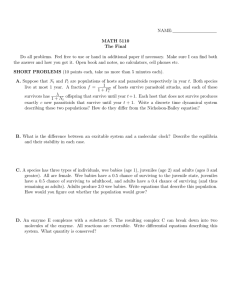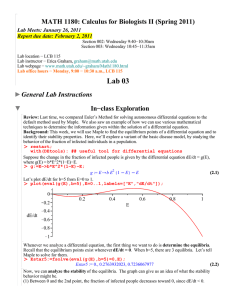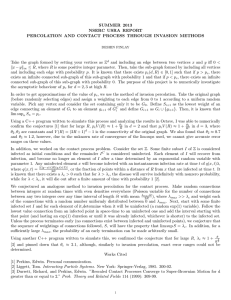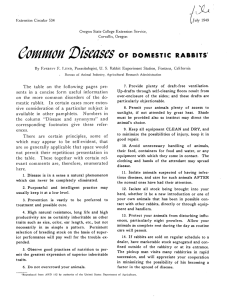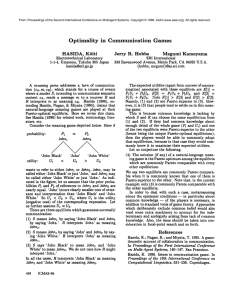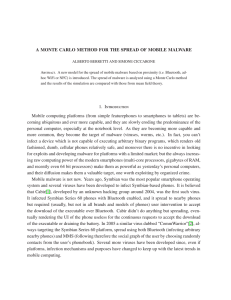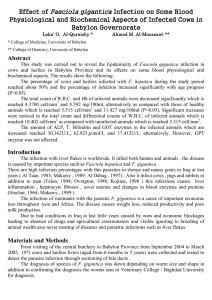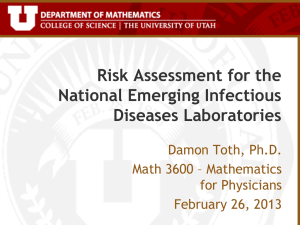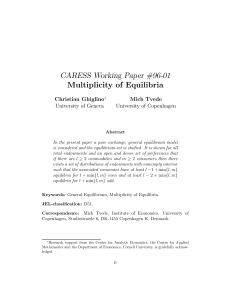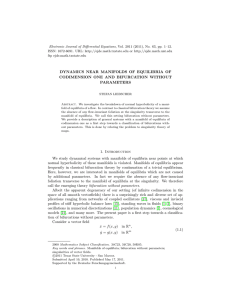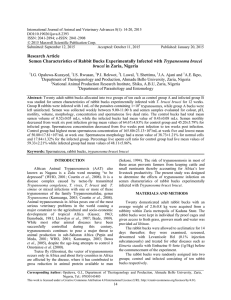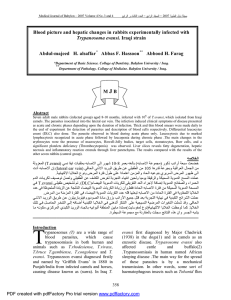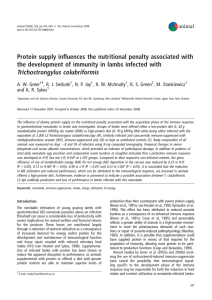Name(s): Score: Math 148 Lab Assignment 4: §8.1-8.2
advertisement
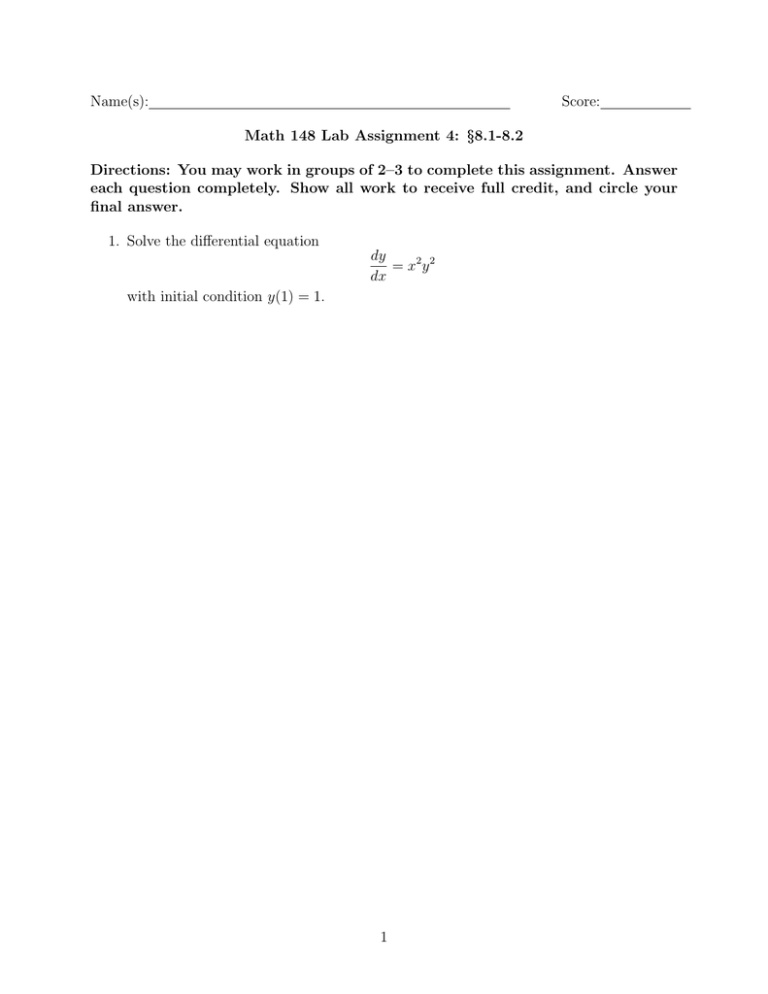
Name(s): Score: Math 148 Lab Assignment 4: §8.1-8.2 Directions: You may work in groups of 2–3 to complete this assignment. Answer each question completely. Show all work to receive full credit, and circle your final answer. 1. Solve the differential equation dy = x2 y 2 dx with initial condition y(1) = 1. 1 2. Levins Model Let p(t) denote the fraction of occupied patches in a metapopulation model, and assume that dp = 2p(1 − p) − p. dt (a) Find all equilibria of this differential equation. (b) Use the eigenvalue approach to determine the stability of the equilibria. 2 3. Infectious Disease Dynamics The spread of an infectious disease, such as influenza, is often modeled using the following autonomous differential equation: dI = βI(N − I) − γI, dt where I denotes the number of infected people, N is the total population size, β > 0 is a transmission rate, and γ > 0 is the rate at which people recover from infection. (a) Find all equilibria of this differential equation (in terms of N , β, and γ). (b) Find the eigenvalues for each of the equilibria found in part (a). 3 (c) Use the eigenvalues in part (b) to show that the infection disappears from the population if and only if βN R0 = < 1. γ (Note: The expression R0 = βN/γ is called the basic reproduction number). (d) Suppose that β = 0.01, N = 1000, and γ = 2. Use your answers from parts (a)–(c) to find the number of infected people in the long-run, lim I(t). t→∞ (e) Infected people may be treated to shorten the duration of infection (increasing the recovery rate, γ). Suppose that β = 0.01, N = 1000, and γ = 20. Find the number of infected people in the long run, lim I(t). t→∞ 4


